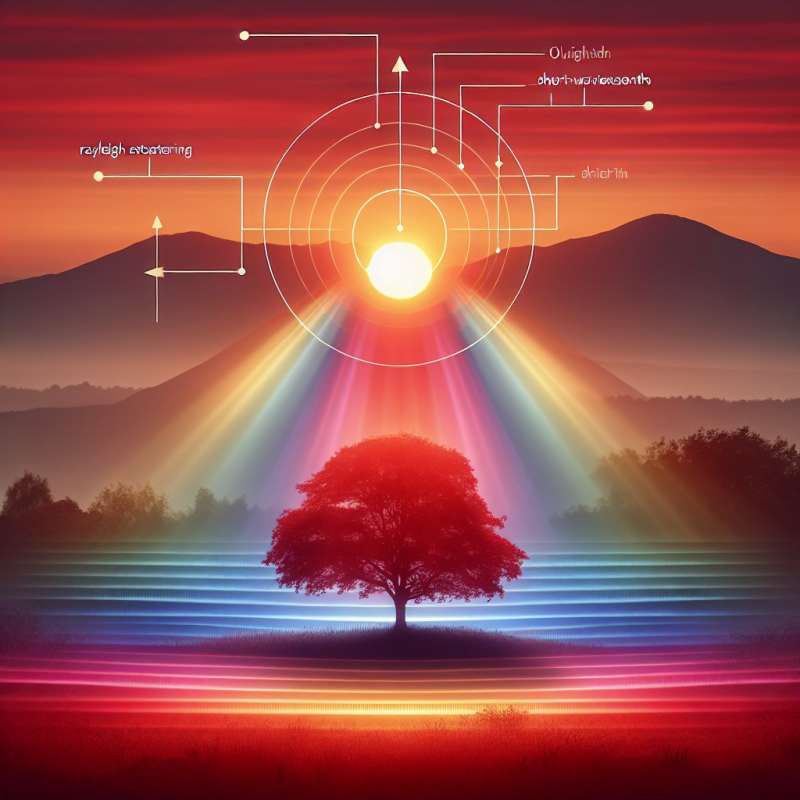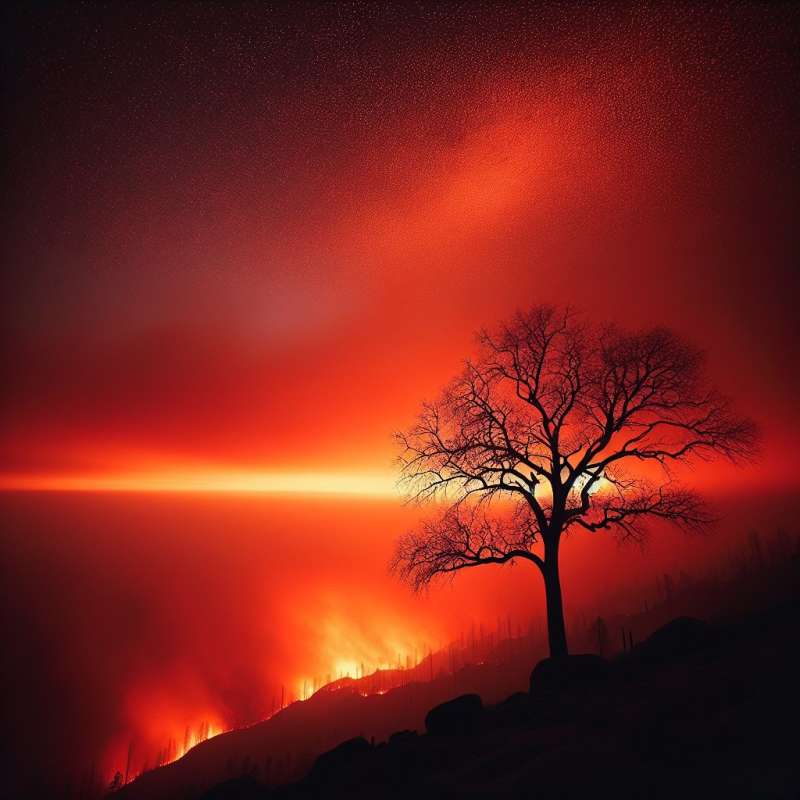
Sun's Color Perception
The Sun at sunrise and sunset often appears red or orange. This perception is due to the scattering of shorter-wavelength light (blues and greens) by the atmosphere.
Rayleigh Scattering Explained
Rayleigh scattering occurs when the Sun's light passes through Earth's atmosphere. Particles and gases scatter short-wavelength colors, making the Sun appear redder to observers at dawn and dusk.
Atmospheric Path Length
The Sun's light takes a longer path through the atmosphere at sunrise and sunset. This increases the amount of scattering and shifts the visible colors towards the red end of the spectrum.
Aerosols Intensify Redness
Volcanic eruptions or wildfires releasing aerosols can enhance the redness. These particles scatter light differently, amplifying the intensity of reds and oranges at sunrise and sunset.
Color and Pollution
Pollution affects the color of the Sun at dawn and dusk. Higher levels of pollutants can lead to deeper reds and oranges, as they alter the scattering of sunlight.
Sunset Hues Vary Globally
Geographical location impacts the hues seen at sunrise and sunset. Latitude, altitude, and local atmospheric conditions play significant roles in the color variations of the Sun observed worldwide.
Green Flash Phenomenon
The elusive 'green flash' at sunset or sunrise happens under perfect conditions. It's a brief green spot above the Sun's upper rim, caused by the refraction of light in the atmosphere.Blue Sunrises on Mars
Sunsets on Mars appear blue due to fine dust scattering light differently than on Earth, creating a surreal, otherworldly view.
Why does the Sun look red at dusk?
Longer atmospheric path scatters light
Sun emits more red light
Red is the shortest wavelength
Company